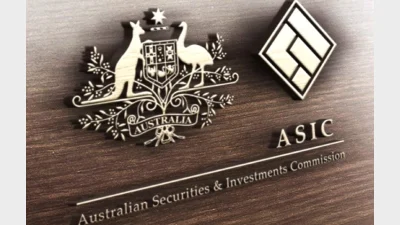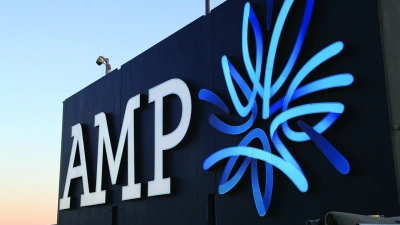Australian pension funds take on the world - Towers Watson
The assets of major Australian institutional funds have grown twice as much as their global competitors over the past year, according to the latest research report from Towers Watson Investment (Towers Watson) and US investment newspaper Pension & Investments.
From 2005 to 2010, eleven Australian funds were added to the global 300 ranking determined by Towers Watson and Pension & Investments - the highest of all other countries on the list.
As with last year's report, there were 15 Australian funds in the global 300 rankings, and the research indicated a strong growth in the size of funds under management in these funds.
Future Fund was ranked 35, moving ahead two places from last year's rankings, and reflected the trend in the growth of all Australian pension funds in the report.
While total assets of the global 300 pension funds grew to record highs of US$12.5 trillion, the results showed that the global growth rate of 11 per cent for the 2010 year was lower than the Australian growth rate of 26 per cent.
Towers Watson senior investment consultant Martin Goss said the strength of Australian pension funds over the past five years was due to a number of issues, including the ongoing merger activity in the superannuation industry and positive net cashflows as a result of the compulsory contribution cap.
"Other factors include the strong performance of Australian equities relative to global equities combined with the home country bias of many Australian investors, the relatively high allocation to diversifying alternative assets, and the appreciation of the Australian dollar relative to the US dollar and the Euro," Goss said.
The US still holds the largest share of pension fund assets at 121 or 34 per cent of total global fund assets, while Australia was ranked fifth overall with 15 funds.
Recommended for you
The regulator has fined two super funds for misleading sustainability and investment claims, citing ongoing efforts to curb greenwashing across the sector.
Super funds have extended their winning streak, with balanced options rising 1.3 per cent in October amid broad market optimism.
Introducing a cooling off period in the process of switching super funds or moving money out of the sector could mitigate the potential loss to fraudulent behaviour, the outgoing ASIC Chair said.
Widespread member disengagement is having a detrimental impact on retirement confidence, AMP research has found.









